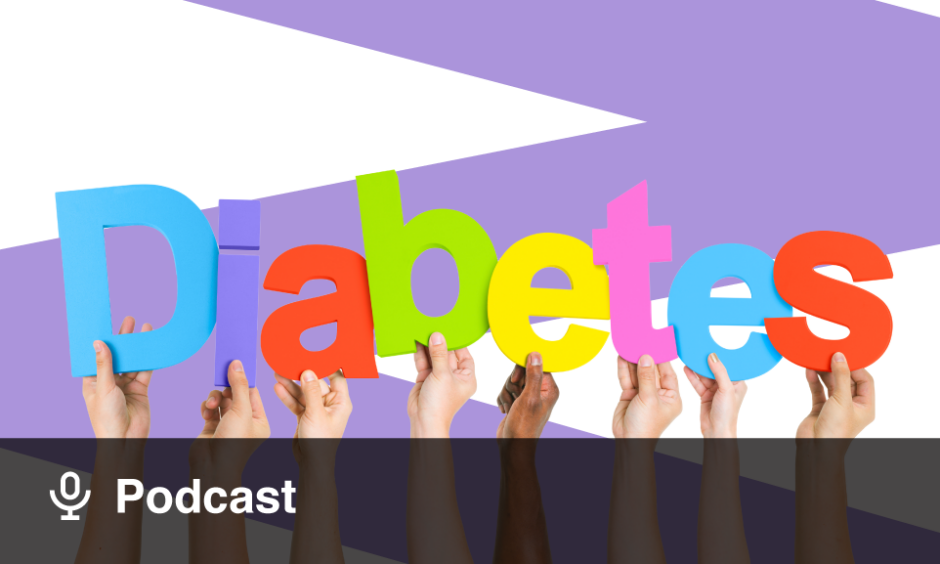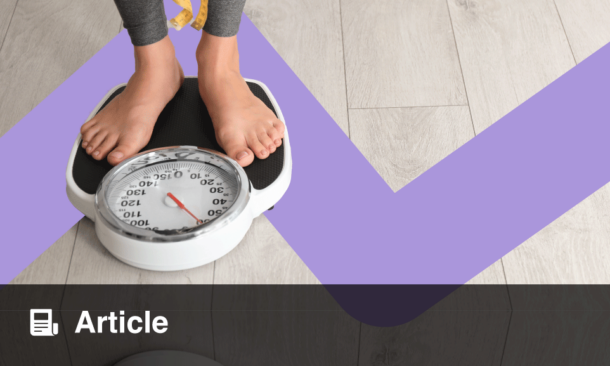BREAKING research suggests that adults with diabetes who used a glucagon-like peptide-1 (GLP-1) receptor agonist following kidney transplantation had a decline in BMI and more stable measures of kidney function, compared with those who did not use GLP-1. Researchers compared data from 25 adults who underwent kidney transplantation and took a GLP-1 receptor with data from a group of adults who did not use a GLP-1 agonist following transplant.
Mario Campana, University of Alabama at Birmingham (UAB) Heersink School of Medicine, USA, commented that “adding a GLP-1 receptor agonist as a coadjutant therapy in the early post-transplant period to the appropriate patient brings good metabolic outcomes and also is safe.”
Patients with Type 2 diabetes aged 18 years or older who underwent kidney transplantation between August 2020 and August 2022 were included in the study (n=50). The cohort was divided into two groups, with 25 patients initiating GLP-1 receptor agonist therapy following transplantation. The remaining patients formed the control group.
Patients in both groups used insulin and oral diabetes medication throughout the study. Prior to GLP-1, and at 3- and 6-months following therapy, HbA1c, weight, BMI, fructosamine, total daily insulin dose, and continuous glucose monitoring measures were analysed, along with safety measures including tacrolimus levels, glomerular filtration rate, and creatinine.
Patients in the GLP-1 group began GLP-1 therapy after a mean of 7.72 months following transplantation. A total of 88% of patients were using GLP-1 receptor agonists for the first time. Results indicated that both BMI (p<0.01) and total daily insulin use reduced for the GLP-1 group (p<0.01), compared with the control group. Conversely, glomerular filtration rate increased from 50.48 mL/min/1.73 m2 at baseline to 53.44 mL/min/1.73 m2 at 6 months in the GLP-1 group, while the control group experienced a decrease.
However, fructosamine, continuous glucose monitoring, and HbA1c metrics, remained similar between the two groups. Ultimately, there were no significant gastrointestinal adverse events during the study in the GLP-1 group with all patients continuing GLP-1 use throughout the study period.
In summary, the patients in the GLP-1 group demonstrated a greater reduction in BMI and total daily insulin use, as well as better preservation of glomerular filtration rate and creatinine levels following transplantation. Campana concluded: “The next step is prospective studies and clinical trials comparing patients with pre-transplant diabetes on GLP-1 receptor agonists or dual agents to patients just on insulin or with any other oral medications.”








